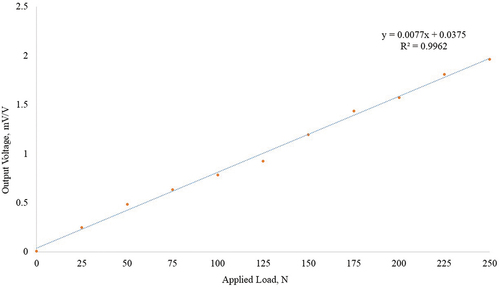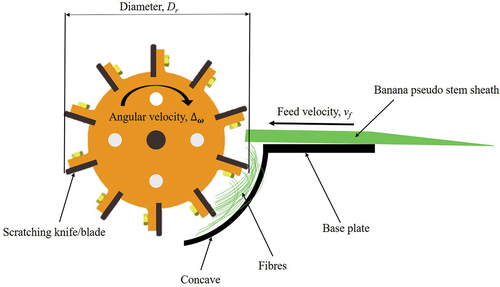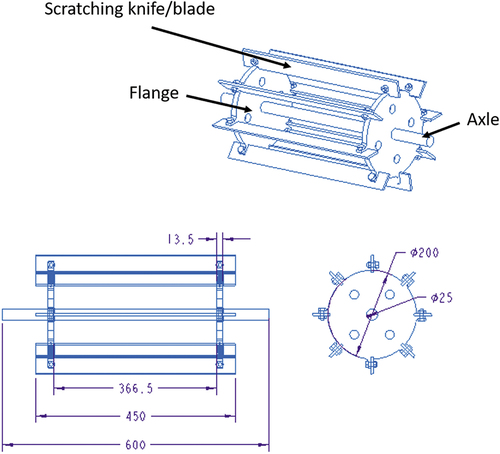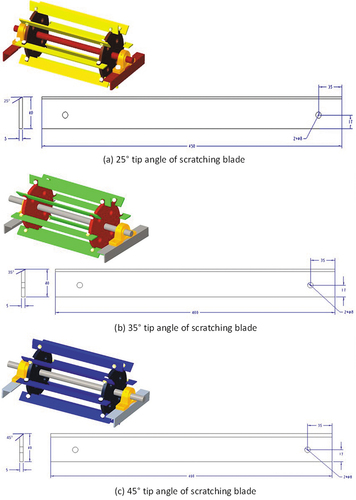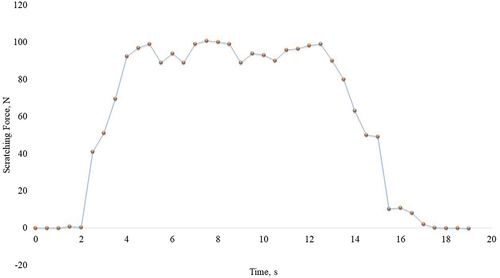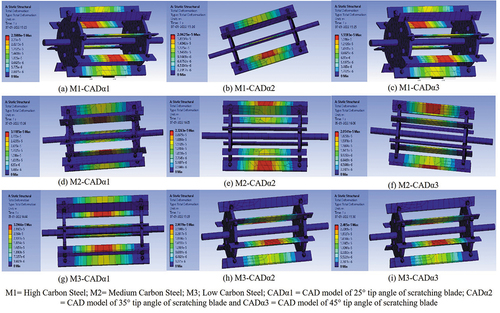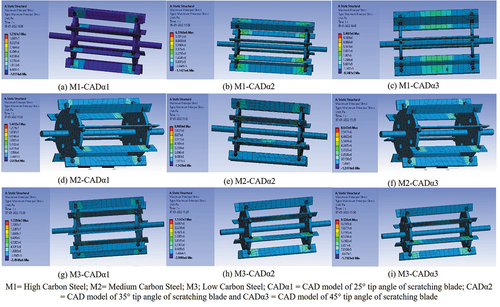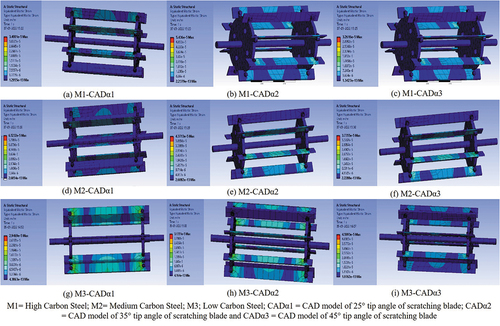Figures & data
Figure 1a. Isometric view of laboratory setup for the measurement of the force required to extract the fibers from banana pseudo-stem.
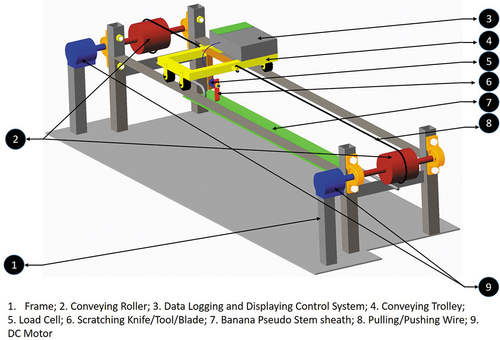
Figure 1b. Side view of laboratory setup for the measurement of the force required to extract the fibers from banana pseudo-stem.
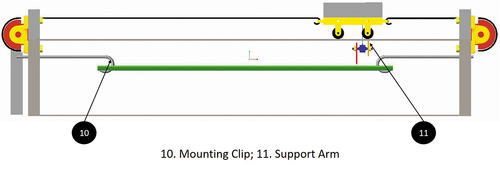
Figure 2. Circuit diagram for the measurement of the force required to extract the fibers from banana pseudo-stem.
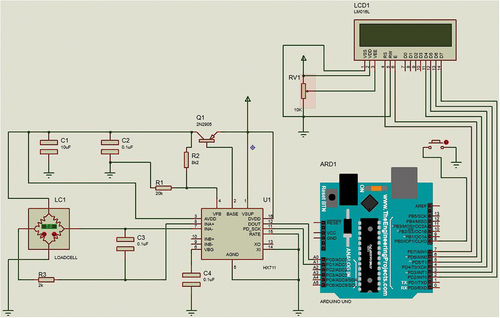
Table 1. Physical properties of the selected banana pseudo-stem and parameter for testing the measuring setup.
Table 2. Selection of material and CAD models for simulation.
Table 3. Physical and mechanical properties of different materials used for simulation.
Figure 7. (a) Mesh convergence using static structural analysis; (b) mesh convergence using explicit dynamic structural analysis in the Ansys®.
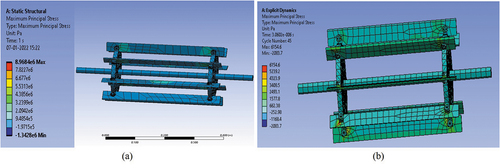
Figure 10. Total deformation on the raspador models under explicit dynamic structural analysis test.
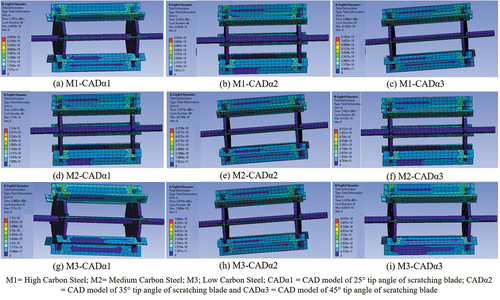
Table 4. Comparison of total deformation of raspador models with respect to material and tip angle of the blade in both static structural and explicit dynamic simulation tests.
Figure 12. Maximum principal stress on the raspador models under explicit dynamic structural analysis test.
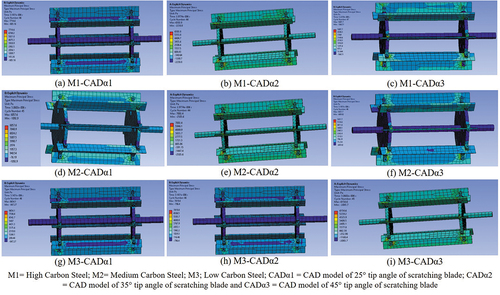
Table 5. Comparison of maximum principal stress of raspador models with respect to material and tip angle of the blade in both static structural and explicit dynamic simulation tests.
Figure 14. Equivalent elastic strain on the raspador models under explicit dynamic structural analysis test.
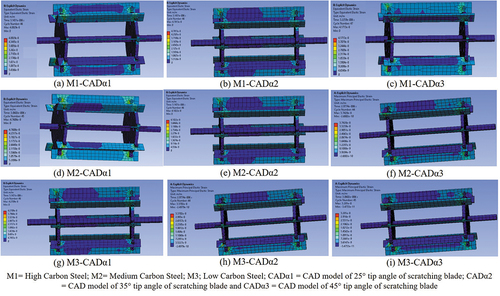
Table 6. Comparison of equivalent elastic strain of raspador models with respect to material and tip angle of the blade in both static structural and explicit dynamic simulation test.


